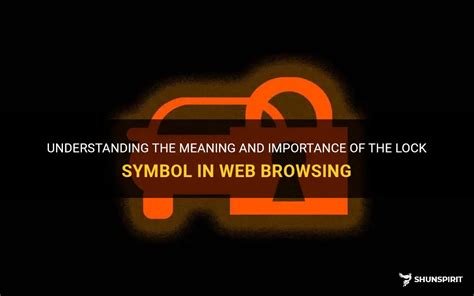Unlocking the Power of Cryptocurrency: A Guide to Understanding Crypto, Relative Strength Index, Liquidity Pools, and Public Sales
In recent years, cryptocurrency has emerged as a rapidly growing industry, with millions of investors around the world flocking to trade digital currencies. However, navigating the complex landscape of crypto can be daunting for even the most seasoned traders. In this article, we will break down some key concepts and tools that can help you unlock the power of cryptocurrency, including the Relative Strength Index (RSI), liquidity pools, and public sales.
What is Crypto?

Cryptocurrency is a digital or virtual currency that uses cryptography for security and is decentralized, meaning it’s not controlled by any government or financial institution. The most well-known cryptocurrencies are Bitcoin (BTC) and Ethereum (ETH). Cryptocurrencies are created through a process called mining, where powerful computers solve complex mathematical problems to validate transactions and create new coins.
What is the Relative Strength Index (RSI)?
The Relative Strength Index (RSI) is a popular technical indicator that measures the strength of a stock’s or cryptocurrency’s price movement. It’s calculated based on a 14-period moving average of the closing prices of the security, with an RSI value between 30 and 70 indicating overbought or oversold conditions.
The RSI formula is as follows:
RSI = (100 – Average Gain) / Average Loss
Where Average Gain is the change in price divided by the number of periods, and Average Loss is the percentage decrease from a peak to a trough.
What are Liquidity Pools?
Liquidity pools are online platforms that enable users to trade cryptocurrency with minimal risk. These platforms typically offer a variety of trading pairs (e.g., BTC/USD), a user-friendly interface, and real-time price quotes. Liquidity pools can be beneficial for traders who want to buy or sell cryptocurrencies without worrying about market fluctuations.
What is Public Sale?
A public sale, also known as an initial coin offering (ICO) or token sale, is an event where a cryptocurrency project offers its own coins or tokens for sale to the public. The proceeds from these sales are used to fund development and marketing efforts, with some projects aiming to generate substantial profits.
Public sales can be facilitated by online platforms like OpenSea, Rarible, or Mintable, which connect buyers and sellers directly. These platforms often require projects to undergo rigorous security audits and comply with strict regulatory requirements before they can host public sales.
Why Invest in Cryptocurrency?
Investing in cryptocurrency offers a unique combination of potential rewards, diversification, and hedging opportunities. Here are some reasons why investors should consider getting into crypto:
- Growing market value: The overall market capitalization of cryptocurrencies has grown exponentially since 2017.
- Limited supply: Most cryptocurrencies have limited supply, ensuring that prices may increase over time.
- Decentralized governance: Cryptocurrencies operate independently of central banks and governments, giving users more control over their transactions.
- Increased accessibility: Online platforms make it easier to buy, sell, and trade cryptocurrencies worldwide.
Tips for Beginners
If you’re new to cryptocurrency investing, here are some tips to get started:
- Educate yourself: Learn about the basics of blockchain technology, cryptocurrency markets, and different types of wallets.
- Choose a reliable exchange: Look for reputable exchanges that offer good security, low fees, and user-friendly interfaces.
- Set realistic expectations: Cryptocurrency prices can be volatile; never invest more than you can afford to lose.
4.




